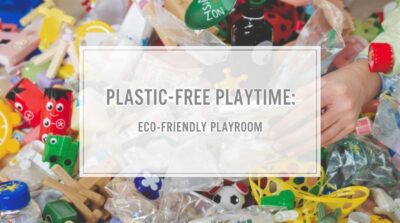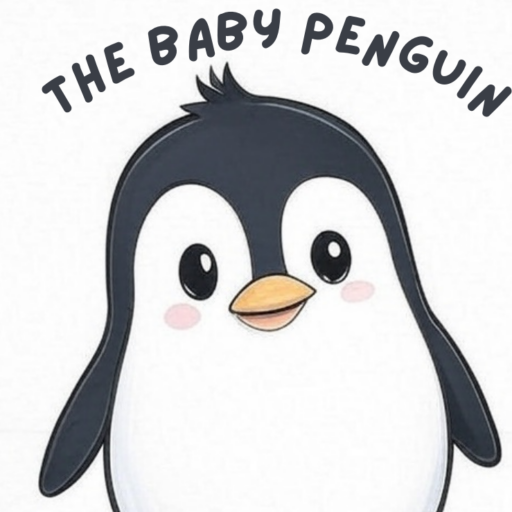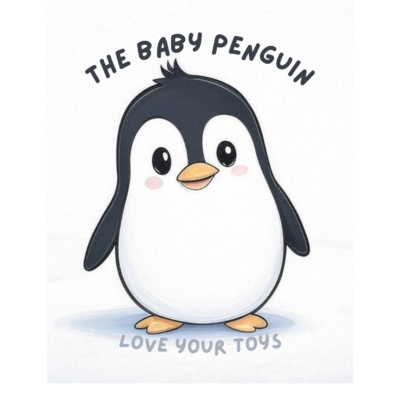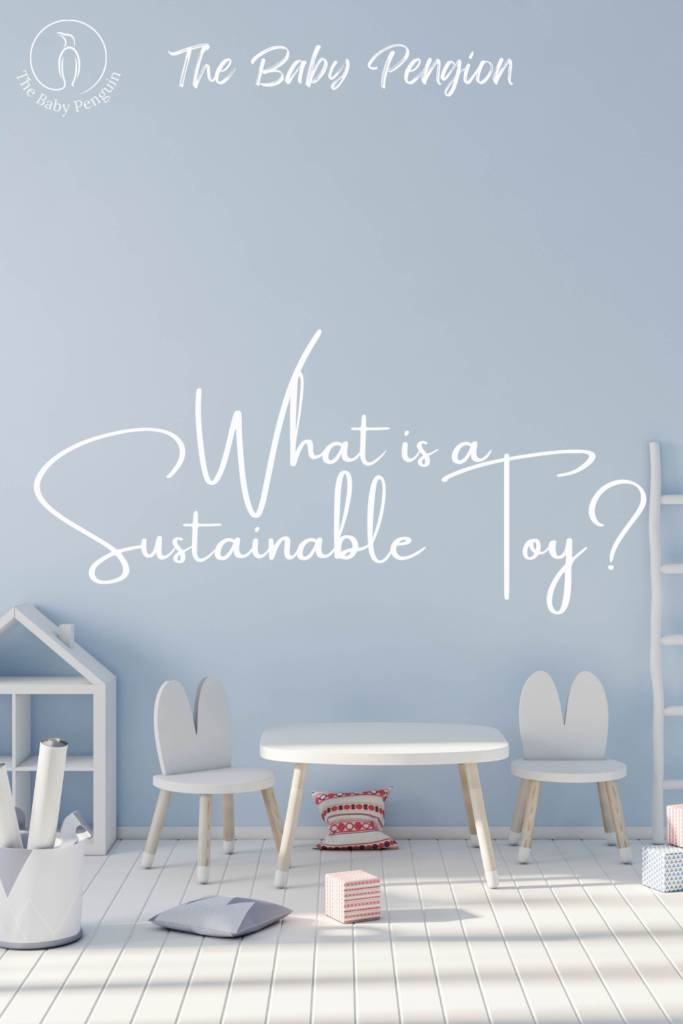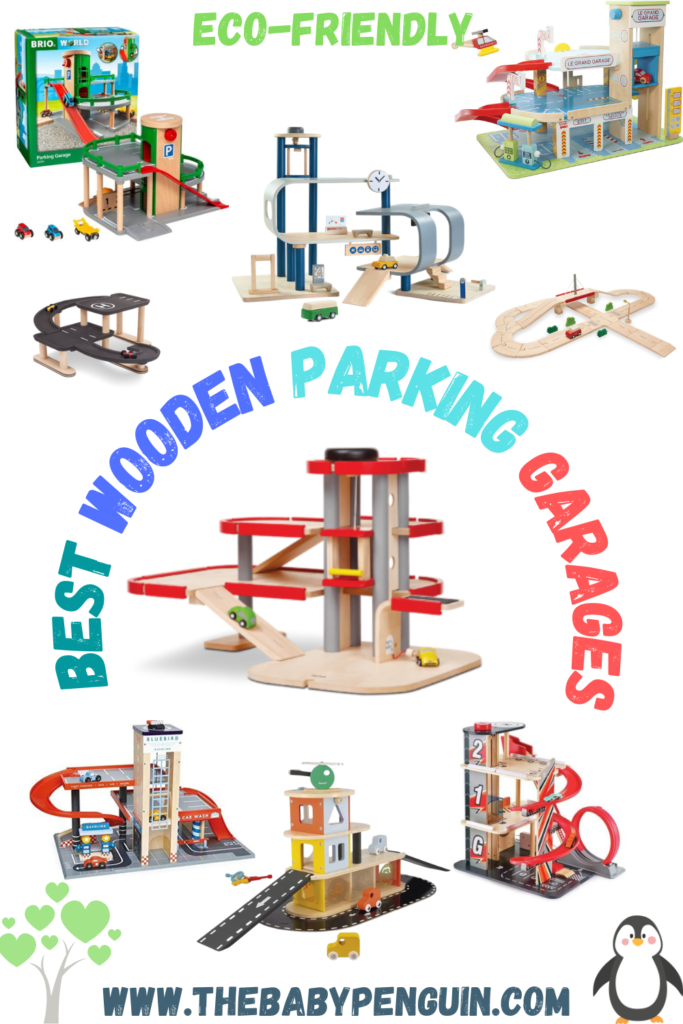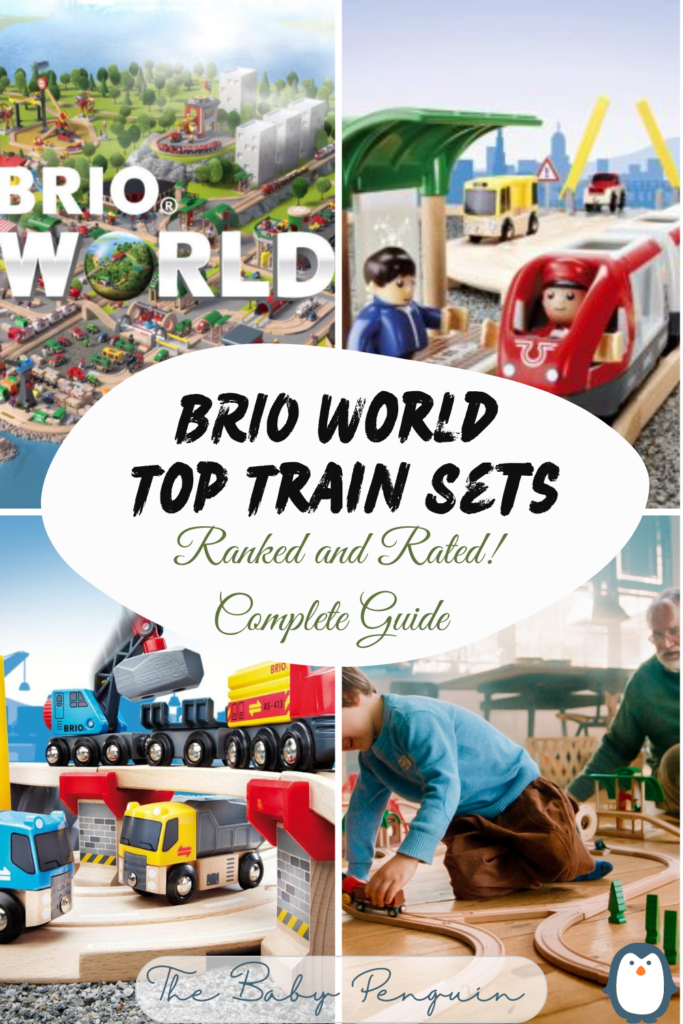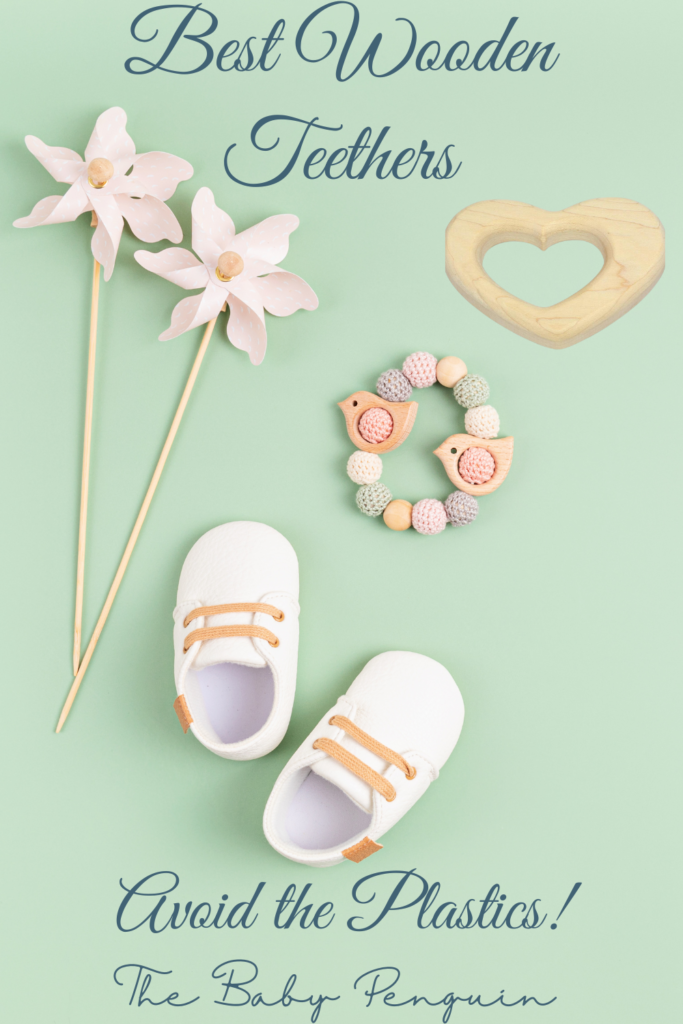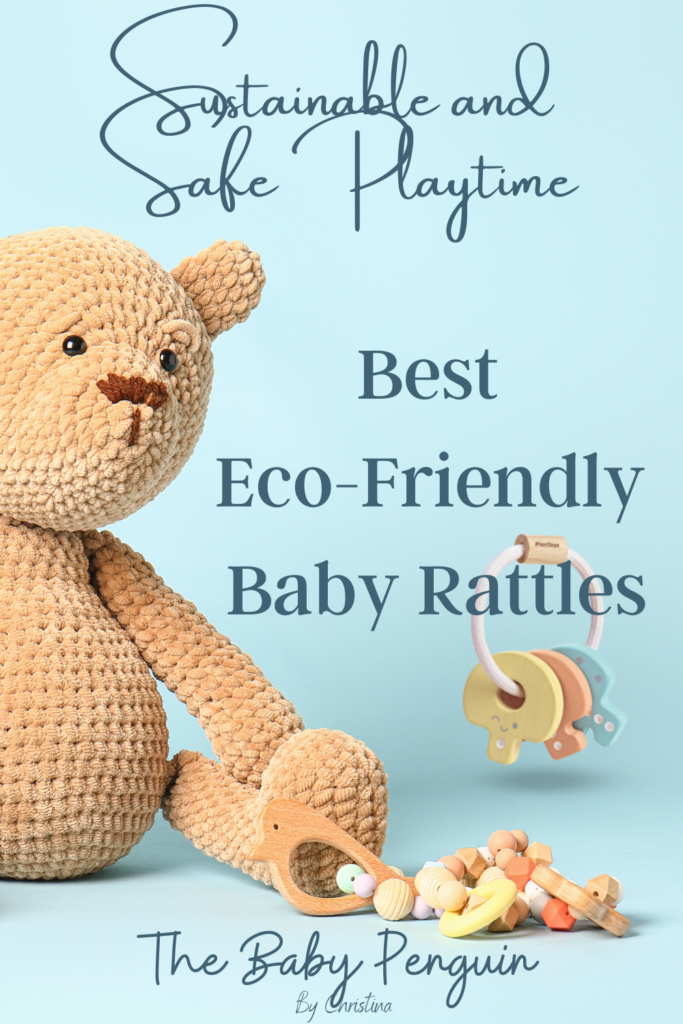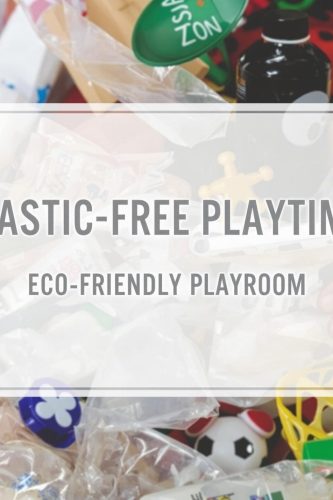Table of Contents
TogglePlastic-Free Playtime: Tips for Creating an Eco-Friendly Playroom
In a world increasingly concerned with environmental sustainability, many parents are seeking ways to reduce plastic in their children’s lives. The playroom, often filled with colorful plastic toys, presents both a challenge and an opportunity for eco-conscious families. Creating a plastic-free playroom not only benefits our planet but can also provide children with more imaginative, natural play experiences. Here’s how you can transform your child’s play space into an eco-friendly haven.
Why Go Plastic-Free?
Plastic toys present several environmental concerns. Most are made from non-renewable petroleum resources, contain potentially harmful chemicals, and will remain in landfills for hundreds of years. By choosing sustainable alternatives, you’re teaching your children important values about caring for our planet while surrounding them with healthier play options.
Natural Material Toy Options
Fortunately, the market for eco-friendly toys has expanded dramatically in recent years. Consider these alternatives:
Wooden toys offer durability and timeless appeal. Look for items crafted from FSC-certified or sustainably harvested wood with non-toxic finishes. Wooden blocks, puzzles, and play kitchens can provide years of creative play.
Toys made from organic cotton, wool, and natural fabrics make excellent options for stuffed animals, dolls, and play food. These materials feel wonderful to touch and are biodegradable at the end of their lifecycle.
Bamboo alternatives offer the durability of plastic with better environmental credentials. From building blocks to toy vehicles, bamboo is renewable and biodegradable.
Declutter and Curate Thoughtfully
Creating an eco-friendly playroom isn’t just about buying new sustainable toys—it’s also about mindful consumption:
Begin by decluttering existing toys. Donate gently used plastic toys rather than throwing them away, extending their useful life before they reach a landfill.
Adopt a “quality over quantity” approach. Fewer, higher-quality toys often lead to more focused, imaginative play than a room overflowing with options.
Consider establishing a toy rotation system, keeping only a portion of toys available at once. This approach maintains novelty, reduces clutter, and may decrease the total number of toys needed.
Secondhand Solutions
The most eco-friendly toy is often one that already exists! Explore these options:
Thrift stores and secondhand shops frequently have quality wooden toys at a fraction of their original cost.
Toy libraries in many communities allow you to borrow toys rather than purchase them, reducing both waste and expense.
Family toy exchanges with like-minded parents can refresh your toy collection without creating additional consumer demand.
Creative Play Without Purchased Toys
Some of the best playroom activities require no commercial toys at all:
Create a nature collection station where children can display interesting rocks, shells, pinecones, and other natural treasures.
Establish an art center with sustainable supplies like beeswax crayons, plant-based modeling clay, and recycled paper.
Designate a loose parts play area with natural items like wooden spools, fabric scraps, and cardboard tubes that can become anything in a child’s imagination.
Eco-Friendly Playroom Design
The playroom itself can reflect your environmental values:
Choose non-toxic, VOC-free paint for walls and furniture to maintain healthy indoor air quality.
Opt for natural fiber rugs and curtains instead of synthetic alternatives that shed microplastics.
Select secondhand or sustainably produced furniture, looking for solid wood options instead of particleboard with plastic veneers.
Involving Children in the Process
Creating an eco-friendly playroom presents valuable learning opportunities:
Explain to children, in age-appropriate ways, why you’re making these choices. This helps them develop environmental awareness early in life.
Involve them in decision-making about which toys to keep, donate, or add to the playroom.
Use the playroom transformation as a chance to discuss broader concepts like recycling, reusing, and reducing waste.
The Gradual Approach
Transitioning to a plastic-free playroom doesn’t need to happen overnight:
Start by replacing broken toys with sustainable alternatives rather than attempting a complete overhaul.
Focus first on removing toys with concerning chemicals, particularly those that might contain BPA, phthalates, or PVC.
Communicate your preferences to family members who might gift toys, suggesting experience gifts or specific eco-friendly options.
Conclusion
A plastic-free playroom isn’t just better for the environment—it often creates a more beautiful, thoughtful play space that encourages creativity and connection with nature. By making intentional choices about the toys and materials that fill your child’s play space, you’re nurturing both your little one and the planet they’ll inherit. Remember that perfection isn’t the goal; each plastic-free choice makes a positive difference in creating a more sustainable future.

